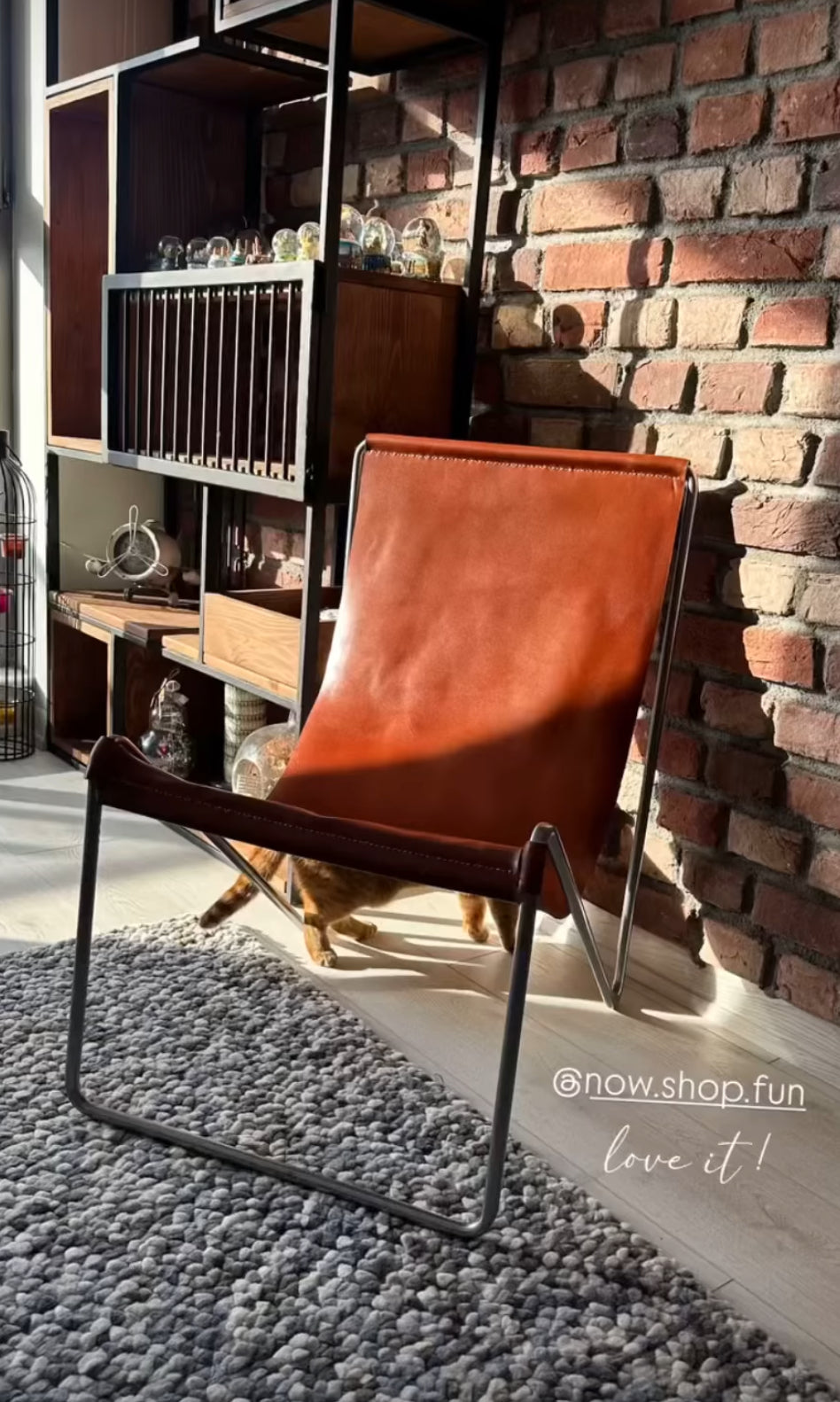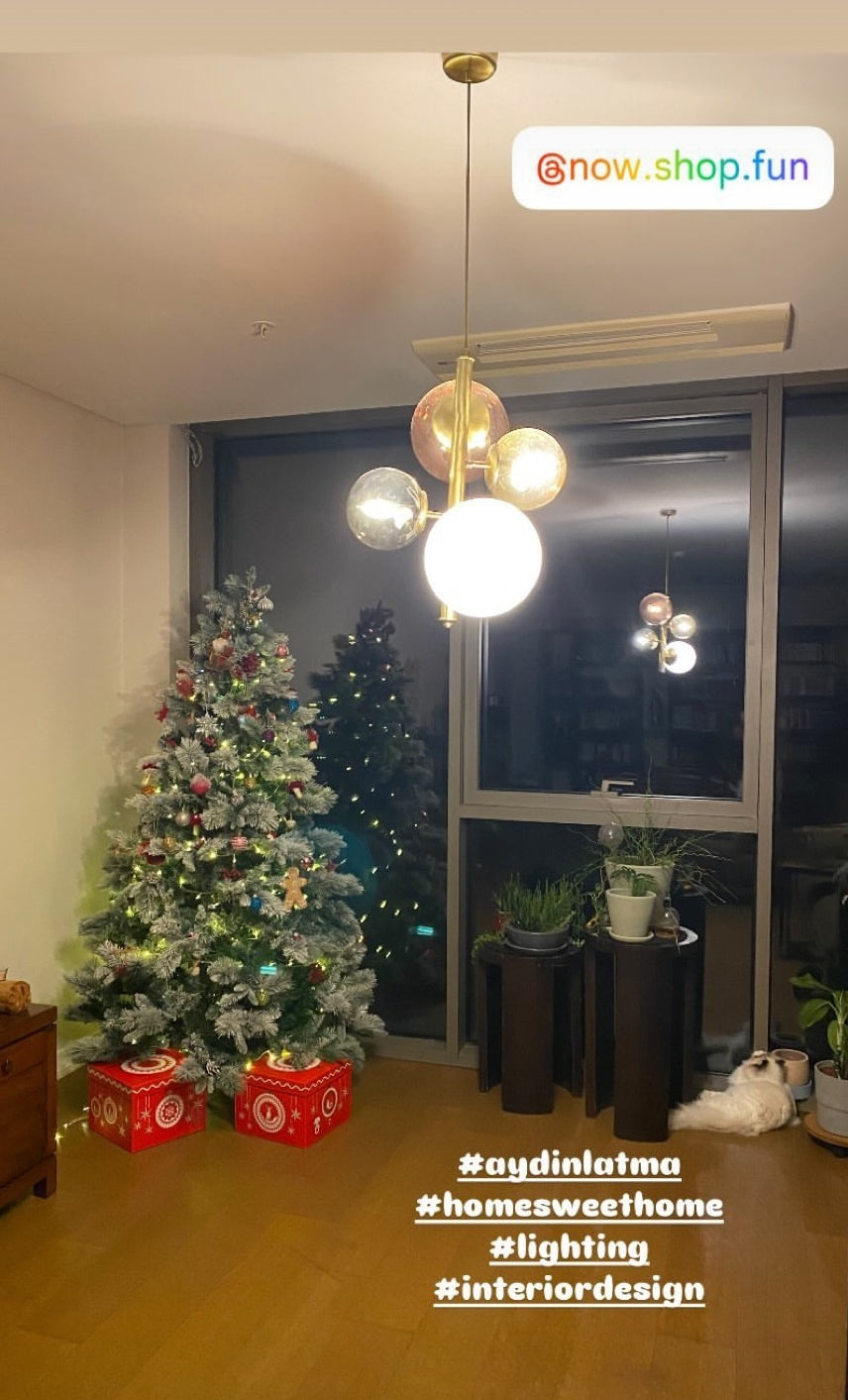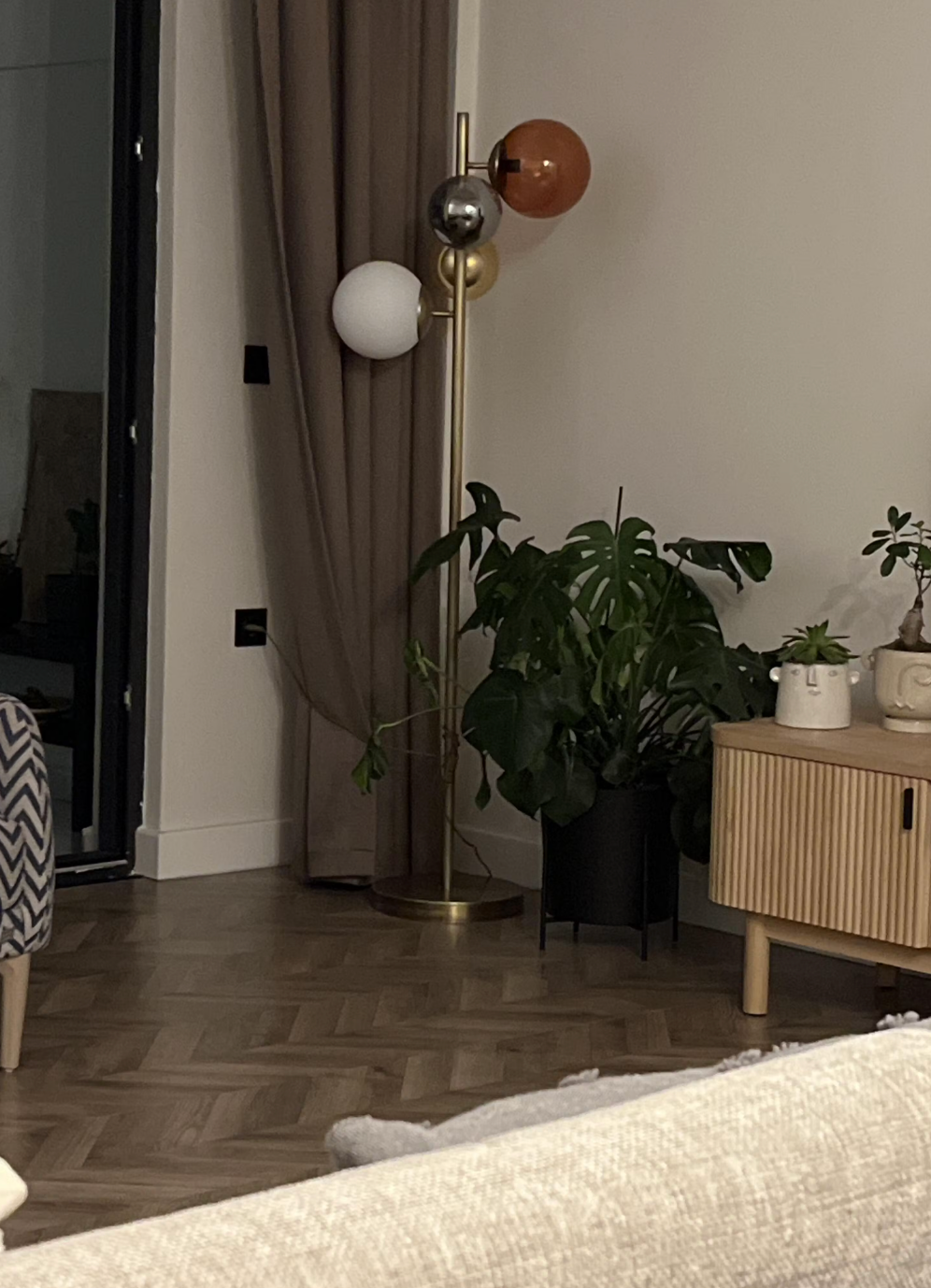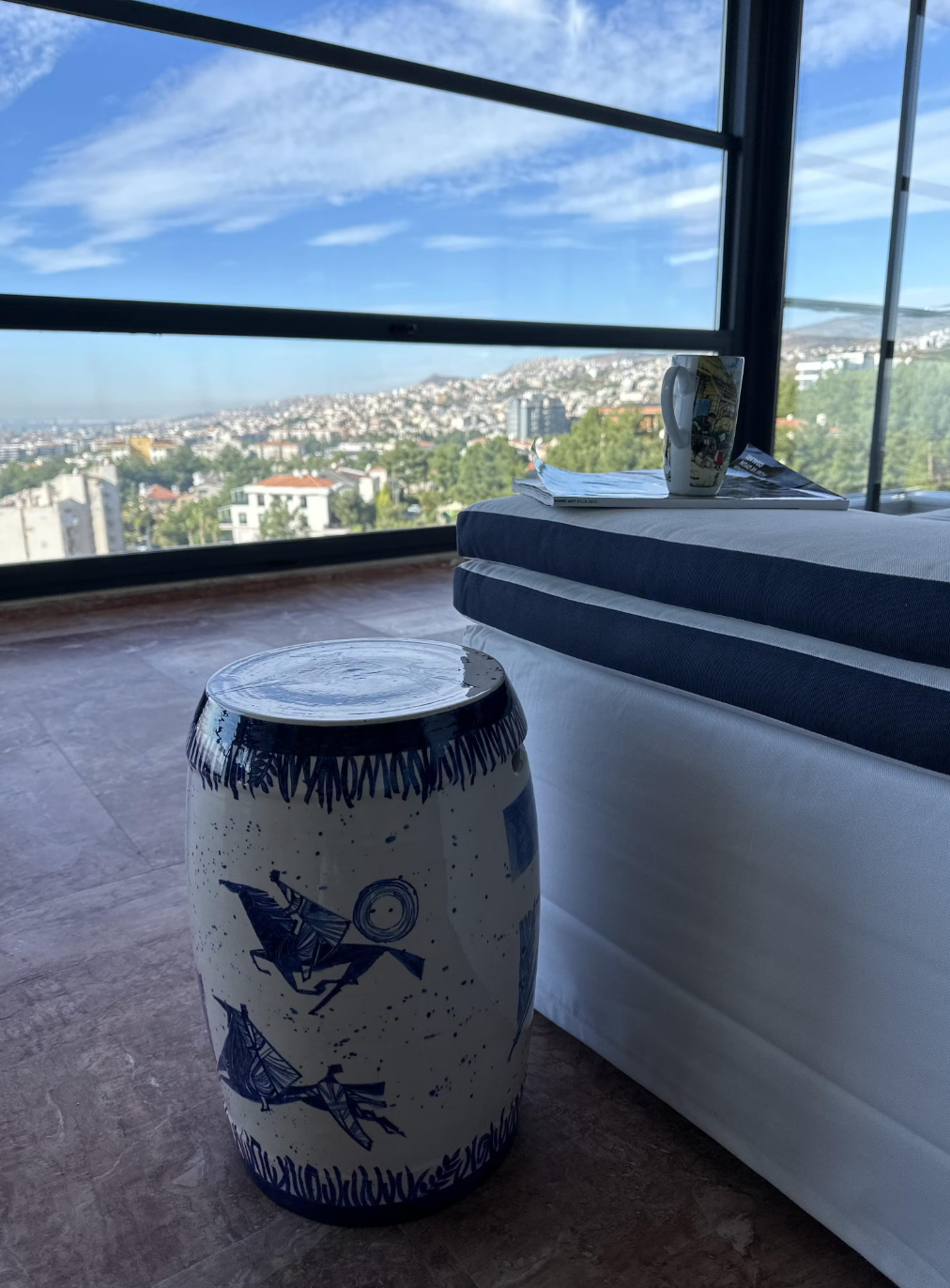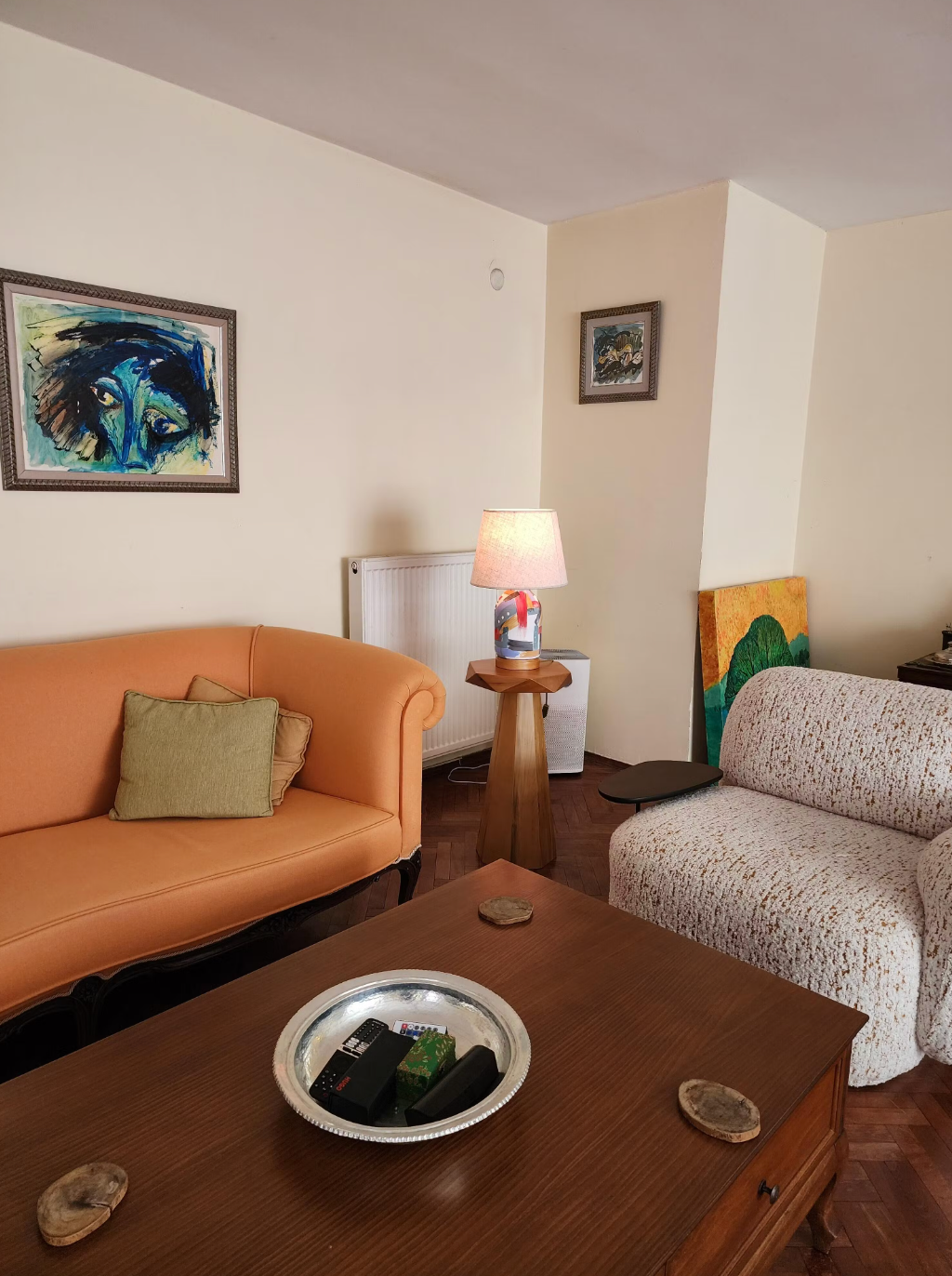Evimi güncel moda anlayışından çok kendi karakterime uygun döşemekten hışlanıyorum. Marea abajur tamda bende istediğim etkiyi yaratan bir dekoratif aydınlatma oldu. Buradan ne aldıysam hep memnun kaldım şimdi yeni bir sipariş vermeye gidiyorum🌸
İster sehpa ister ev girişinde oturmalık bank gibi kullanabilirsiniz, gayet sağlam, boyutu da uygun
Satın almış olduğum Isolde Small Sarkıt Aydınlatmanın duy bilgileri kısmında Duy Bilgileri: 3 x E14; 1 x E27 şeklinde yazmakta fakat hepsi E14 duydur. Bilginize. Öyle olduğunu bilsem satın almazdım. Güncelleme: Satıcı gerekli bilgilendirmeyi yaptı, ilgilerine teşekkür ederim. Bol kazançlarınız olsun.
Sevdiğim bir arkadaşım için sipariş verdim. Ürünler sağlam bir şekilde Kars’a gitti. Kedisi olanlar için ek not: kedilerin ulaşamayacağı (öyle bir muhtemelen yok) bir yere koymaları veya vazonun düşmesini engelleyecek ek önlem almaları. Tekrar sipariş verecek kadar iyi bir tasarım.
Beklentimizden çok çok güzel. Ayak uzatmak için almıştım ama o kadar güzel ki ayrı bir oturma alanı yarattı. Boyutlu ve kibar.
Ürün çok güzel ve eve renk kattı.Müşteri hizmetlerinin ilgisine özellikle teşekkür ederim.
Yiğenime hediye olarak aldığım 2 adet tavan aydınlatması çok hafif, taş görünümlü ve ışık kaybı az olan modellerdi. Antreye astılar ve çok estetik durdu.
Ürünler kaliteli zarif ve çok şık. Musteri hizmetleri sorularimla çok net ilgilendi. Tavsiye ederim
Ürünlerimden gayet memnunum. Hepsi çok kaliteli ve güzeldi. Sadece kargo aşaması biraz uzun sürüyor ben sabırsız olduğumdan dolayı tabi:)
Çok iyi paketlenmişti hasarsız elime ulaştı.Görseldeki gibi geldi. Beklentimi karşıladı








































































